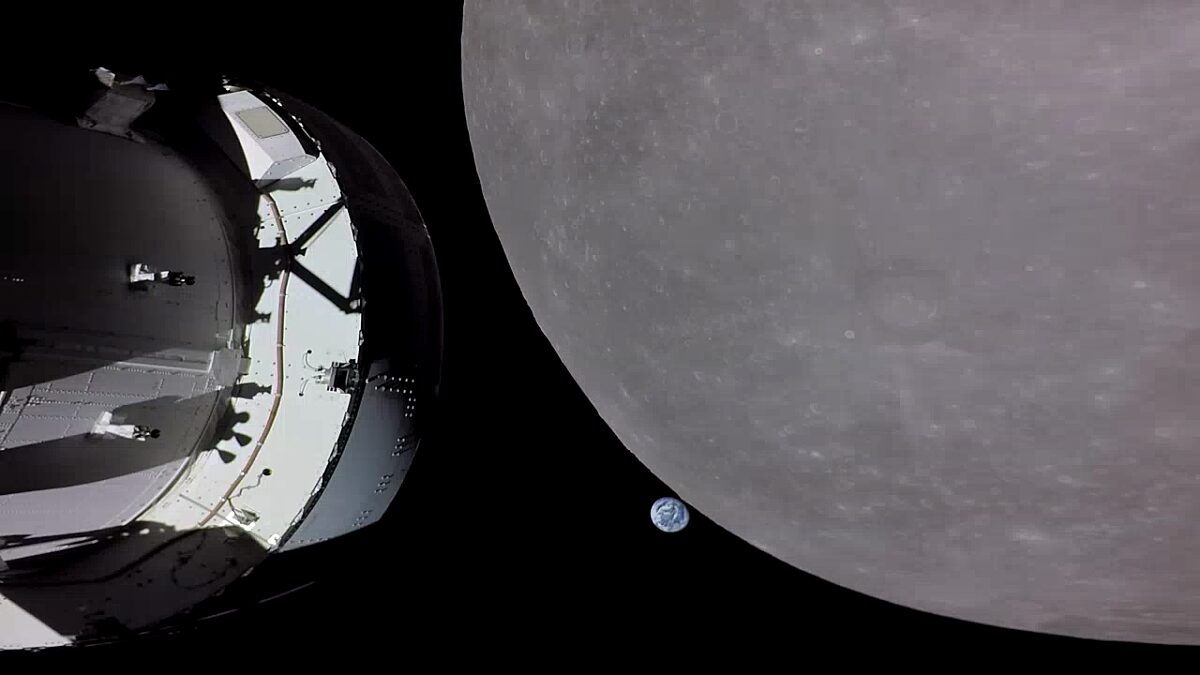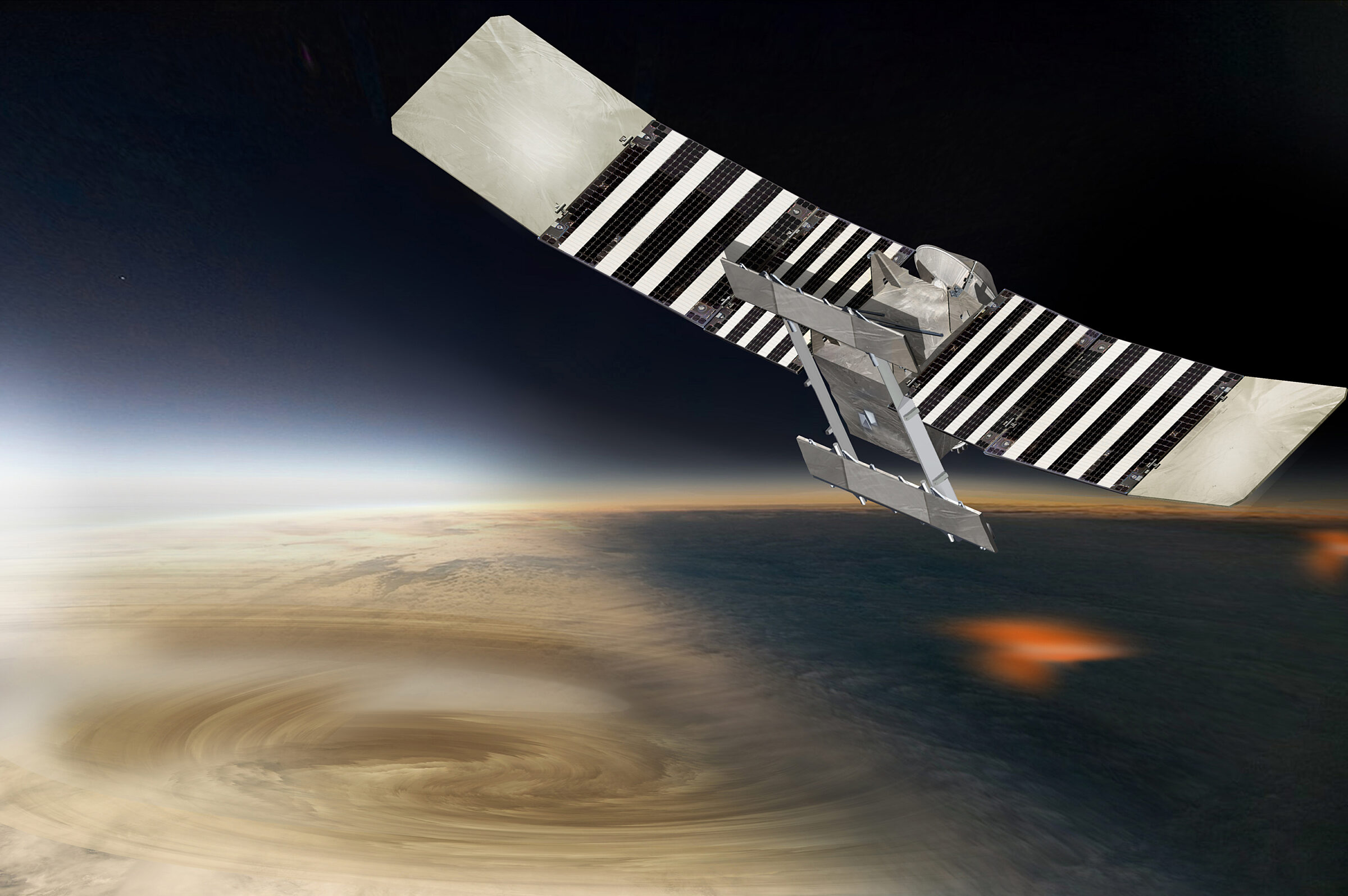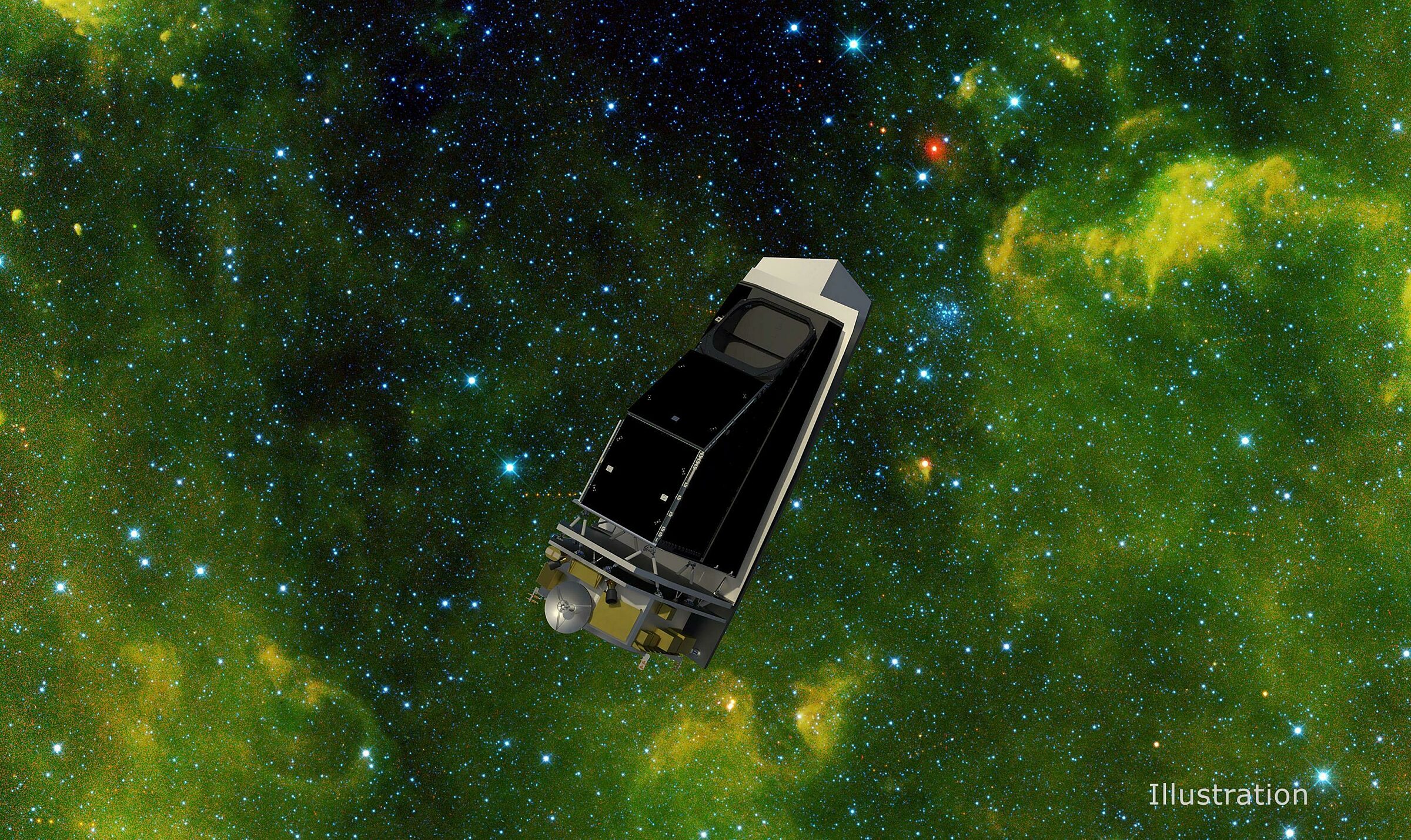Casey Dreier • Mar 16, 2023
NASA’s 2024 budget proposal is pretty good, but it faces political headwinds
A 7% increase keeps pace with inflation and enables NASA to continue its missions of science and exploration
The Biden Administration’s fiscal year (FY) 2024 budget request for NASA proposes a 7.1% increase to the U.S. civil space program — to a total of $27.2 billion — split mainly between human exploration and robotic science programs.
While it represents a welcome increase for the space program, much of it is eaten up by recent inflation. The cost of high-skilled labor and aerospace materials has increased, as have delivery times within NASA’s many supply chains. The consequences of this inflation are not fully quantified, though NASA’s Chief Financial Officer’s current estimates are that it rose by 6% in 2022 and 4% in 2023. This functionally negates much of the buying power of this proposed increase, leaving NASA’s absolute budget growth much closer to 1%.
NASA's budget during the Biden Administration. The vertical axis displays both NASA's total congressional appropriation in billions of dollars and the amount requested by the President. The horizontal axis is fiscal year. NASA's full budget history dataset is available to view or to download as an Excel spreadsheet.
The agency is beginning to feel this pinch. Many priorities listed in the National Academies’ decadal surveys — which Congress has directed NASA to follow — are missing in this budget. The Uranus flagship mission and next-generation space telescope will have to wait at least a few more years to get started. VERITAS, until recently a mission to Venus set to launch in 2027, is now on an indefinite hold due to budget and workforce issues. Even the human spaceflight program is looking at a three-year gap between Artemis III and IV due to delays in hardware development occurring now.
Despite my misgivings, the budget still serves as a solid foundation for the year ahead. It’s like a meal of meat and potatoes — it provides the necessities but doesn’t provide much flourish. Yet given the political headwinds facing this proposal from a divided Congress, any growth budget would be welcome. The very real possibility that NASA would receive a year-long extension of its current budget, or even suffer an overall cut, would be far worse.

Artemis and human spaceflight
As NASA P.R. likes to remind us, we are going. To the Moon, that is. Unlike most of NASA’s recent history, however, the P.R. is actually correct. The proposed budget allocates nearly $8 billion to Artemis-related projects, including the Orion crew capsule, Space Launch System rocket, and “Artemis Campaign” elements such as the Gateway station and the Human Landing System contracts, which would see a substantial increase in 2024 to accommodate a second commercial provider in addition to SpaceX’s Starship. While this is peanuts compared to Apollo-era lunar expenditures, a decade ago seeing these amounts directed to a human return to the Moon would have been unthinkable. The small decreases to Orion and SLS are expected as the projects move from active development into production mode.
| FY2023 Final | FY2024 Request | Δ | |
|---|---|---|---|
| Human Exploration | $7,469 | $7,971 | +6.7% |
| Orion | $1,339 | $1,225 | -8.5% |
| SLS | $2,600 | $2,506 | -3.6% |
| Artemis Campaign | $2,600.3 | $3,234.8 | +24.4% |
| Other | $930 | $1,005 | +8.1% |
| ISS & LEO Space Operations | $4,250.0 | $4,534.6 | +6.7% |
All values are in millions of dollars.
Notable in the budget for the International Space Station and low-Earth orbit operations is a request for $180 million to begin development of a “space tug” capable of deorbiting the space station in 2030. The ISS is too large to allow it to naturally decay and (partially) burn up in Earth’s atmosphere over a populated area. NASA doesn’t want to be in that situation again. This space tug would provide more thrust than is currently available to move the station and could potentially be used to support orbital boosts of future commercial space stations, which NASA would fund at approximately $228 million, essentially flat from what was provided in 2023.

Science
NASA’s science budget would see a 6% increase in this budget, which supports increases to nearly all of the agency’s six science divisions. Earth Science sees the largest proposed increase, and is one of two divisions to outpace inflation.
| FY2023 Final | FY2024 Request | Δ | |
|---|---|---|---|
| Science | $7,795 | $8,261 | +6.0% |
| Earth Science | $2,195 | $2,473 | +12.7% |
| Planetary Science | $3,200 | $3,383 | +5.7% |
| Mars Sample Return | $822 | $949 | +15.5% |
| Astrophysics | $1,510 | $1,557 | +3.1% |
| Heliophysics | $805 | $751 | -6.7% |
| Biological & Physical Science | $85 | $97 | +13.5% |
All values in millions of dollars.
The Planetary Science Division, the main interest of The Planetary Society, is allocated a modest but important 5.7% to a historically high $3.4 billion (adjusted for inflation, this is roughly equivalent with the peak of Viking development in the early 1970s). Appropriately, this funding increase accommodates the growing budgetary behemoth that is Mars Sample Return (MSR). At $949 million, this single project would be larger than NASA’s entire Heliophysics Division and accounts for nearly one-third of all robotic planetary exploration spending.
NASA's planetary science budget, with Biden's FY 2024 proposal. Data adjusted for inflation and normalized to maintain consistent accounting of launch costs and to remove Deep Space Network infrastructure costs between 2002 and 2007. Inflation-adjustment to 2022 dollars made using NASA's New Start Index. Source: Planetary Science Budget Dataset, compiled by Casey Dreier for The Planetary Society (accessible on Google Sheets or downloadable as an Excel file).
Mars Sample Return
MSR is a fantastically complex and ambitious mission consisting of multiple spacecraft, helicopters, an automated Mars launch vehicle, and self-docking orbital elements. NASA is intimately integrating with hardware provided by the European Space Agency. And it all has to come together within the unforgiving 26-month launch windows dictated by Mars-Earth orbital positions. The budget, ominously, states that future costs are expected to increase, placing the project above the $5.3 billion pain point identified in the planetary science decadal survey. Regardless, it’s crucial that MSR gets this funding this year. Funding projects early in their development help stave off problems and cost growth later on. If the project misses its 2028 launch opportunity, costs will rise significantly, posing a serious threat to other planetary projects and almost certainly delaying future missions to Uranus and Enceladus.
VERITAS
The Venus Emissivity, Radio science, InSAR, Topography And Spectroscopy (VERITAS) mission is facing a critical juncture. Initially selected as a low-cost Discovery mission in 2021, NASA has indefinitely delayed the launch date and removed all program development costs for the foreseeable future. This budget places the project in a deep freeze, providing a mere $1.5 million to keep the science team together while shedding all engineering and development staff.
This is through no fault of the project, which was on-time and on-budget until NASA removed its development funding. The exact reasons are complicated, but essentially related to workforce issues at JPL, last year’s delay of the Psyche mission to an asteroid, and the relative political weakness of a modestly priced space project.
Without VERITAS, the United States will miss an extraordinary opportunity to lead the vanguard of scientific exploration of Venus, including how its climate and surface changed from a habitable to uninhabitable environment. The Planetary Society is working with partner organizations and is asking Congress to mandate a launch date of 2029 for this important mission of discovery.
NEO Surveyor
A bright spot in this budget is seeing NEO Surveyor fully confirmed and scheduled for a 2028 launch. The project would receive $210 million in 2024 to enable that timeline, with plans to grow in the coming years to complete this essential and unique mission of planetary defense.

Congress and next steps
The President's Budget Request is, of course, the starting point for the congressional appropriations process, but the process this year is facing significant political headwinds.
With the return of divided government in Congress, there is a significant gap between spending priorities and philosophies now on display, with the razor-thin Republican majority in the House arguing for significant spending reductions for non-defense discretionary agencies like NASA and a razor-thin Democratic majority in the Senate preferring modest spending increases. At the moment, there is no clear path to a compromise or even set of conditions on which to bargain. Something must be done eventually, as the government’s spending authority expires on October 1st.
Generally, congressional appropriations work occurs in the late Spring and early Summer. We hope to see draft legislation from both the Senate and House before the August recess.
Whether NASA’s projects can stay on track is unfortunately not a topic much considered within this larger debate, though the consequences to it are real. The Planetary Society is actively making the case for continued investment in the space program — not because it’s a problem to solve but because it’s a tool to enable national success in science, workforce development, and peaceful international partnerships.
Track NASA's FY 2024 Budget
Updated throughout the process, this page provides detailed budget comparisons, congressional and White House activity, and links to original source material
Action Center
Whether it's advocating, teaching, inspiring, or learning, you can do something for space, right now. Let's get to work.
Support our core enterprises
Your support powers our mission to explore worlds, find life, and defend Earth. You make all the difference when you make a gift. Give today!
Donate

 Explore Worlds
Explore Worlds Find Life
Find Life Defend Earth
Defend Earth



